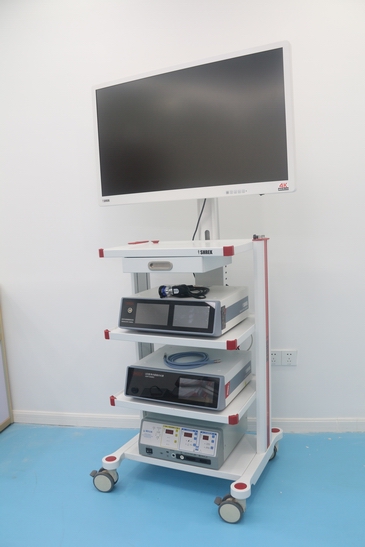Complete Set for Urology: The Essential Tools for Successful Procedures
Urology is a branch of medicine that deals with the diagnosis and treatment of diseases of the urinary tract and male reproductive system. Procedures in this field require a high level of accuracy, precision, and safety. To achieve these goals, urologists rely on a variety of specialized tools and equipment that are designed to meet the unique needs of this specialty.
A complete set for urology includes all of the necessary instruments and equipment that a urologist needs to perform procedures such as cystoscopy, ureteroscopy, and prostate surgery. This set typically includes a variety of tools such as endoscopes, catheters, biopsy forceps, and laser devices, as well as a range of imaging and visualization systems to help guide the urologist during the procedure.

One essential component of a urology set is the endoscope. Endoscopes are thin, flexible instruments that are inserted into the urinary tract to provide a visual image of the area being examined. They are available in various sizes and shapes to accommodate different anatomical structures and procedures. The endoscope is typically connected to a light source, which illuminates the area being examined and helps the urologist to see the area more clearly.
Another important tool in the urology set is the catheter. Catheters are flexible tubes that are inserted into the urethra or bladder to drain urine from the body or to deliver medication or contrast dye. They come in different sizes and materials to suit the patient's needs and the intended use.
Biopsy forceps are also essential instruments in urology procedures. These tools are used to take tissue samples from the urinary tract for examination and diagnosis. Biopsy forceps come in various shapes and sizes, depending on the area being biopsied and the type of tissue being sampled.
Laser devices are another key component of a urology set. They are used to remove or destroy abnormal tissue in the urinary tract, such as tumors or kidney stones. Laser devices come in different wavelengths and power levels to suit different applications.
Imaging and visualization systems are also crucial for successful urology procedures. These systems include video cameras, monitors, and image capture devices that allow the urologist to see the area being examined in real-time and record images for later review and analysis.
In conclusion, a complete set for urology is essential for successful procedures in this specialized field of medicine. It includes a range of instruments and equipment designed to meet the unique needs of urological procedures, from endoscopes and catheters to biopsy forceps and laser devices. With the help of these tools, urologists can achieve high levels of accuracy, precision, and safety, leading to better outcomes for patients.



Leave a message